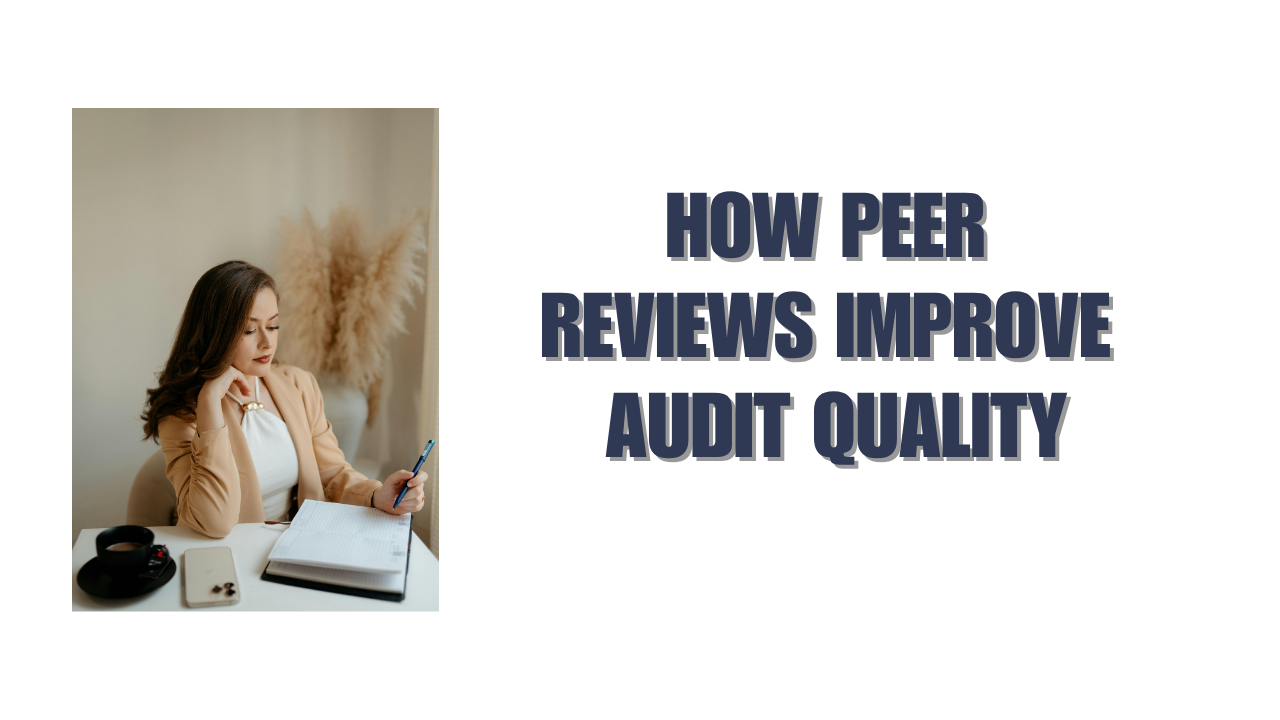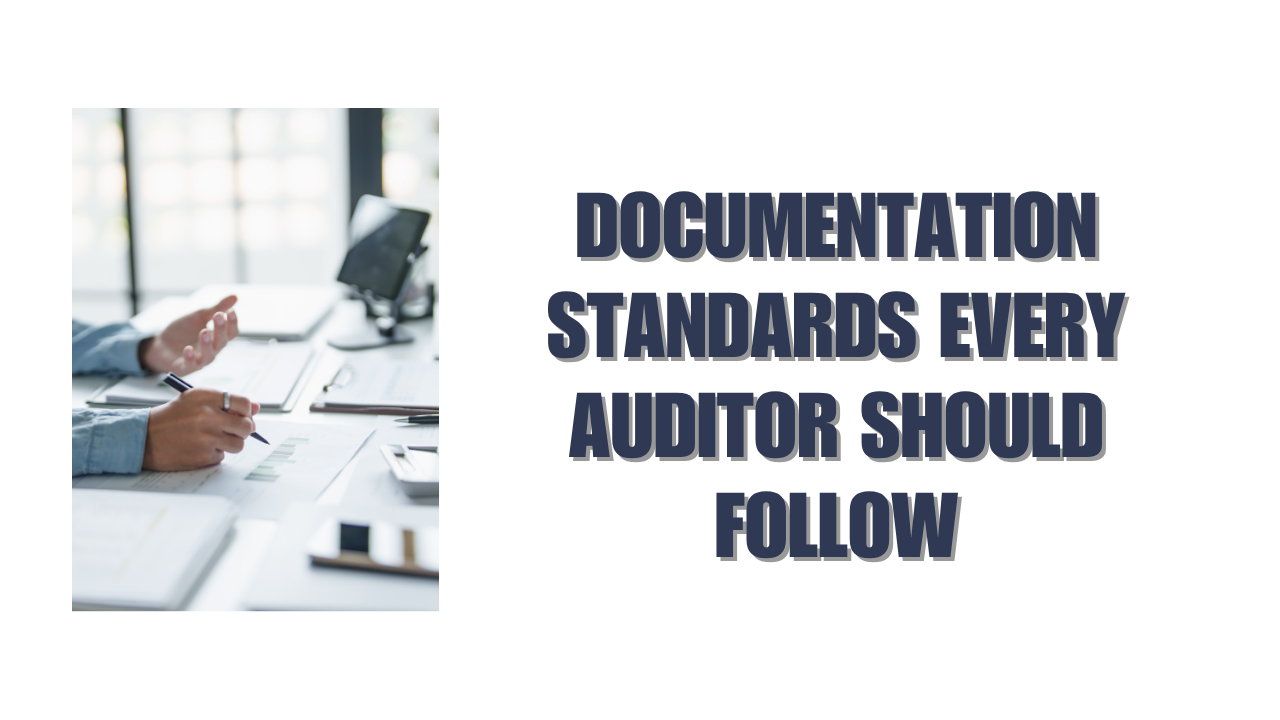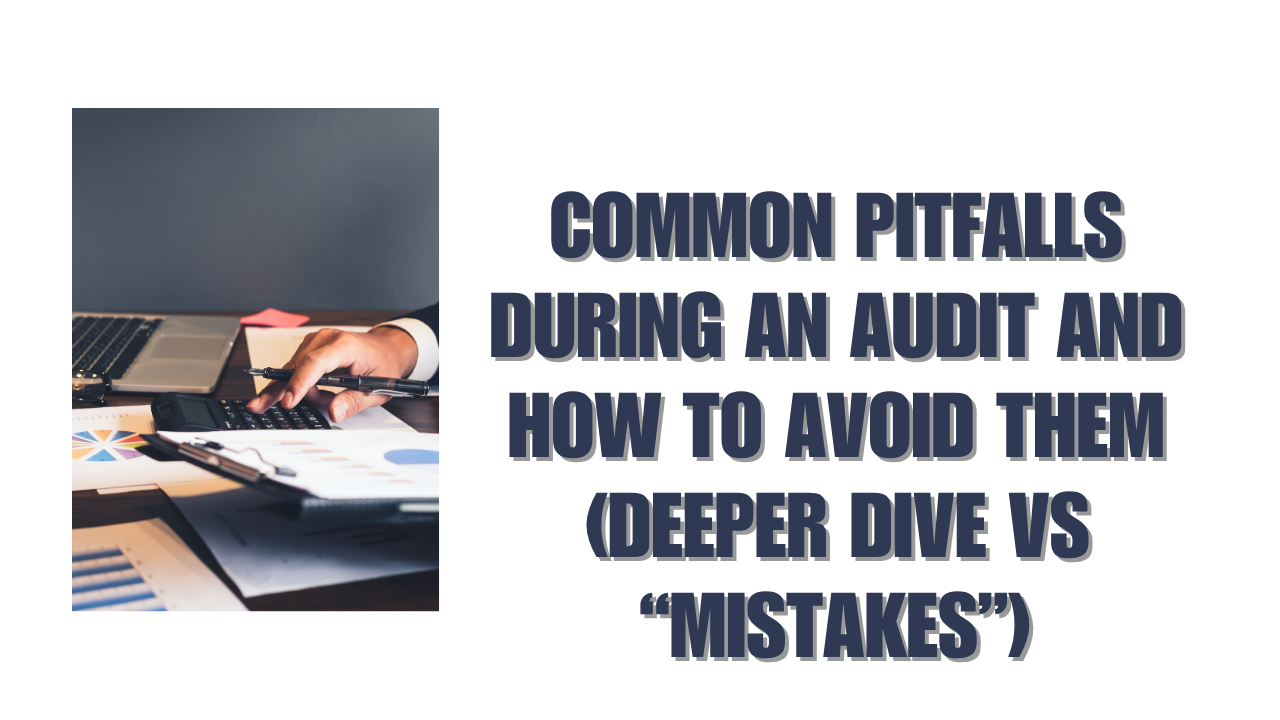Terrorist financing is a hidden threat that affects both national security and the financial world. Criminals don’t just launder money—they also move funds to support illegal activities like terrorism. That’s where Countering the Financing of Terrorism (CFT) comes in.
While many businesses are familiar with Anti-Money Laundering (AML) audits, a CFT audit is just as critical. It focuses specifically on how well a business detects and prevents the misuse of its services for terrorist financing. Whether you’re in financial services, law, accounting, or real estate, you may be subject to CFT obligations—and you’ll need to show how you’re meeting them.
In this blog, we’ll break down what a CFT audit involves, why it matters, and the key steps auditors follow to evaluate your compliance program. Written in clear, simple language, this guide will help you understand what to expect and how to prepare.
What is a CFT Audit?
A CFT audit is an independent review of your business’s controls for detecting, managing, and reporting the risk of terrorist financing. It’s similar to an AML audit, but it places specific focus on the financing of terrorist activity, which can involve small amounts of money moved in complex ways.
The purpose of a CFT audit is to ensure your business is not unknowingly helping fund terrorism. Auditors assess whether your systems are capable of identifying red flags—like unusual international transactions, cash deposits below reporting thresholds, or transactions involving high-risk regions. It also reviews how well your staff are trained and how quickly you respond to suspicious activity.
For many businesses, a CFT audit is not just best practice—it’s a legal requirement. Regulators want to see proof that your business is doing its part to keep the financial system safe.
Why is CFT Important?
Terrorist groups don’t just rely on large transfers or shady banks. They often use legitimate businesses and financial channels to move small amounts of money across borders. This makes detection more difficult—and it means that every regulated business, no matter how small, plays a role in stopping it.
Having strong CFT controls shows that your business is serious about preventing abuse. It also protects your reputation, reduces legal risk, and helps avoid regulatory penalties. A well-prepared CFT audit can uncover weak spots before they become serious problems.
CFT is not just a checkbox—it’s about actively contributing to the security of your community and your country.
Step 1: Reviewing the CFT Risk Assessment
The first step in a CFT audit is reviewing your risk assessment. This is where your business has identified the specific terrorist financing risks it may face—based on customer types, services, countries you deal with, and how funds move.
Auditors will look at whether your risk assessment is up to date and whether it reflects current threats, such as geopolitical developments or new regulatory advisories. If you’re dealing with clients from high-risk jurisdictions, charities, or cash-heavy industries, the risk assessment should reflect that.
A weak or outdated risk assessment is a red flag. It suggests your business might be unaware of where its greatest risks actually lie.
Step 2: Examining Customer and Beneficial Ownership Checks
Knowing who you’re doing business with is a critical part of counter-terrorism controls. During a CFT audit, auditors will review your Customer Due Diligence (CDD) and Beneficial Ownership procedures.
They’ll check whether you’re verifying the identities of individuals and entities, as well as identifying who truly owns or controls those entities. This is especially important when dealing with trusts, NGOs, offshore companies, or politically exposed persons (PEPs).
If your business skips this step or applies a one-size-fits-all approach, you may be at risk. Terrorist financiers often try to hide behind complex ownership structures—so thorough due diligence is key.
Step 3: Checking for High-Risk Jurisdiction Exposure
Certain countries are known for weak controls or links to terrorist activity. A key part of any CFT audit is examining whether your business is exposed to high-risk jurisdictions and how that risk is being managed.
Auditors will look for the presence of country risk assessments, sanctioned country screening, and enhanced procedures when dealing with customers or transactions linked to such regions. This includes checking that your systems are set up to automatically flag transactions involving countries under sanctions or on terrorism watchlists.
If you’re not screening for jurisdictional risk, you could be unknowingly facilitating illegal financing activities.
Step 4: Evaluating Suspicious Transaction Monitoring
Transaction monitoring is the engine room of CFT compliance. Auditors want to know how well you detect suspicious patterns that could indicate terrorist financing. Unlike money laundering, which often involves large amounts, terrorist financing can involve many small, structured transactions.
Auditors will check how your monitoring systems work, whether alerts are being reviewed promptly, and how staff escalate concerns. They’ll also check if you’re tracking donations, cash deposits, wire transfers, or unusual foreign transactions that could be tied to known terrorist techniques.
Your monitoring system should be able to detect both obvious and subtle red flags. The audit helps determine whether your business is truly alert—or just going through the motions.
Step 5: Reviewing STR and CTR Filing Procedures
If a business suspects terrorist financing activity, it must file a Suspicious Transaction Report (STR). In some cases, a Cash Transaction Report (CTR) may also be required. During a CFT audit, auditors examine whether reports are being filed correctly, on time, and with enough supporting evidence.
They’ll look at your internal policies for identifying suspicious activity, your process for investigating alerts, and how final decisions are made. Auditors may also review historical reports to check for accuracy and completeness.
Timely and accurate reporting is essential. Failure to report could lead to serious legal consequences and reputational harm.
Step 6: Reviewing Staff Training and Awareness
Terrorist financing isn’t always obvious. That’s why ongoing training is essential. Auditors will check whether your staff receive regular training on CFT risks, red flags, and reporting obligations.
They may interview employees across departments to assess how well they understand their responsibilities. For example, do they know how to recognize small transactions structured to avoid detection? Are they familiar with the characteristics of high-risk customers or NGOs?
If your team doesn’t know what to look for, your CFT program isn’t effective—no matter how good your written policies are.
Conclusion
A CFT audit is more than just a regulatory requirement—it’s a key part of your business’s defense system. It ensures your operations aren’t exploited by individuals or groups seeking to fund terrorism. By reviewing your risk assessment, monitoring systems, customer checks, and staff awareness, a CFT audit helps you identify gaps before they turn into legal or reputational disasters.
In today’s world, where terrorism is often funded through small, hidden transactions, even the smallest business has a role to play. Preparing for a CFT audit isn’t just about passing a test—it’s about protecting your business, your industry, and your community.
Frequently Asked Questions (FAQs)
1. What is a CFT audit?
A CFT audit is a review of a business’s policies, systems, and actions for Countering the Financing of Terrorism. It checks how well your business identifies and manages the risk of being used to fund terrorism. Auditors look at your risk assessments, customer checks, transaction monitoring, and staff training. The audit helps ensure you are following legal requirements and protecting your operations from being misused by criminals or terrorist groups. A good CFT audit also helps improve your internal systems and avoid penalties from regulators.
2. How is a CFT audit different from an AML audit?
While both audits aim to prevent financial crime, a CFT audit focuses specifically on the risk of terrorist financing, while an AML audit covers money laundering in general. Terrorist financing often involves small transactions and links to high-risk countries or charities, which can be harder to detect. AML audits may focus more on hiding the source of illegal funds. A proper compliance program should address both AML and CFT risks, but during a CFT audit, auditors look more closely at terrorism-related red flags and international exposure.
3. Who needs to do a CFT audit?
Any business that is regulated under AML/CFT laws is likely required to perform a CFT audit. This includes financial institutions, law firms, accounting firms, real estate agencies, money remitters, and trust or company service providers. Even small businesses can be misused to move terrorist funds, so regulators want all reporting entities to have strong CFT controls. Regular audits—often every 1–3 years depending on the country—help show that you take your obligations seriously and are actively managing your risk.
4. What happens if my business fails a CFT audit?
Failing a CFT audit means that your business has weaknesses in its controls against terrorist financing. This can lead to regulatory warnings, fines, or even criminal charges if there is serious negligence. It can also damage your reputation, which affects customer trust. However, a failed audit is often seen as a chance to improve. Regulators usually expect you to fix the issues quickly, report on your progress, and take corrective actions such as improving training, updating systems, or rewriting policies.
5. How can I prepare for a CFT audit?
To prepare for a CFT audit, start by reviewing your CFT risk assessment and making sure it’s up to date. Ensure that your customer onboarding and due diligence processes are thorough and well-documented. Check that you have a working transaction monitoring system, that your staff have been trained, and that you keep records of all decisions. It’s also important to keep evidence of any Suspicious Transaction Reports (STRs) or internal investigations. Doing an internal review before the audit can help you spot and fix any gaps.






